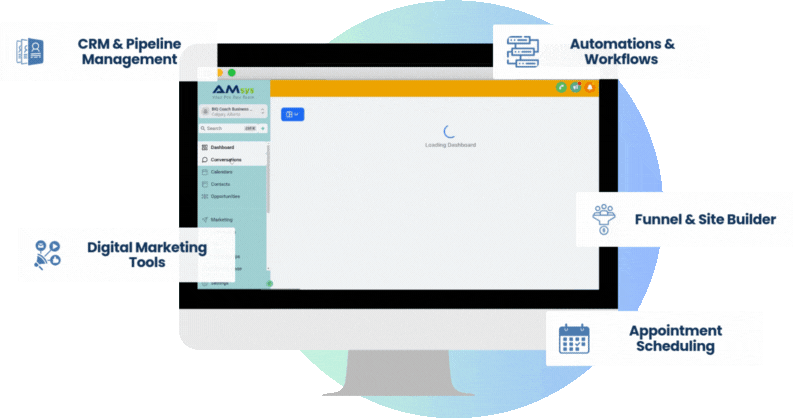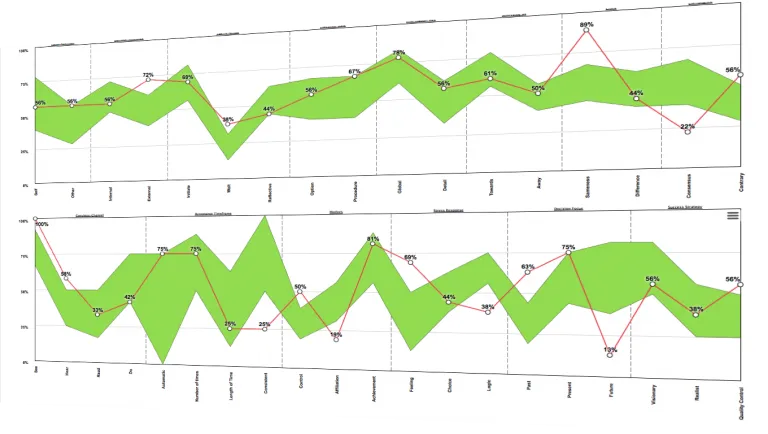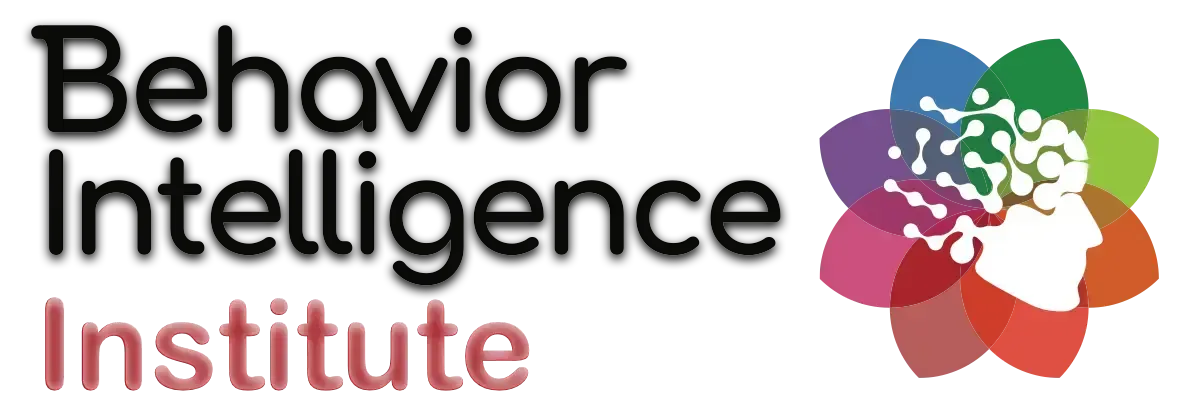Contact Us





Login/Register
Contact Us





Login/Register

Forget about Personality!
Forget About Personality: Why Potential Should Drive Your Hiring and Promotion Decisions
In the world of work, we’re quick to judge people based on what they’ve done so far—on their track record, personality traits, and past achievements. But if we want to create organizations that grow, adapt, and thrive in an ever-changing landscape, we need to shift our focus. What if we looked beyond an employee’s current abilities and focused instead on their potential? What if we stopped labeling people by what we’ve seen them do and started recognizing what they could learn to do?
Stop hiring, promoting, and evaluating employees based solely on their past. Instead, look at what they’re capable of becoming.
A great leader understands that a person’s “ability” is simply what they can do today. Their capability, however, is what they could learn to do tomorrow. Capability isn’t fixed; it’s fueled by passion, desire, and the right environment. When leaders can see this potential and nurture it, they unlock opportunities not just for individuals but for the organization as a whole.

Why Focusing on Potential Changes Everything
In a traditional workplace, people are often categorized by their observable skills or personality traits—“the cautious one,” “the innovator,” “the steady worker.” These labels create mental shortcuts, making it easier to know who to assign to which task. But these categories can quickly become boxes that limit growth. Personality and past performance are convenient markers, but they don’t tell the full story. People are capable of extraordinary transformation when given the right support, encouragement, and resources.
A forward-thinking leader knows this. They look beyond the “today” of an employee and ask, What could this person achieve if we invested in their growth? These leaders know that the potential within each team member is far more valuable than any static skill set.
When leaders focus on capability rather than personality, they encourage team members to stretch, grow, and take on new challenges. This not only benefits the individual but also creates a ripple effect through the organization. People who feel recognized for their potential are motivated to rise to the occasion. And as they grow, the company’s capacity for innovation, agility, and success grows with them.
Culture Is the Soil Where Potential Either Thrives or Wilts
No matter how much potential an individual has, they can’t grow in a culture that stifles them. An organization’s culture is like the soil in which talent either thrives or withers. If the culture prioritizes short-term performance over long-term growth, or if it emphasizes rigid hierarchy over collaboration and support, even the most capable employees will find their growth stunted.
Imagine an organization that rewards employees only for meeting immediate targets or sticking within narrow job descriptions. In such an environment, employees quickly learn that stretching beyond their current roles is neither expected nor valued. They become risk-averse, hesitant to take on challenges that might lead to failure—or worse, to a performance review that punishes them for trying something new. Over time, these employees begin to stagnate, and the company loses out on their untapped potential.
On the other hand, a culture that emphasizes growth, learning, and adaptability becomes a breeding ground for potential. When leaders encourage employees to set ambitious goals and provide the tools they need to achieve them, they’re creating a culture of possibility. In such an environment, employees feel safe to take risks, challenge themselves, and push beyond their comfort zones. They know that their value isn’t tied only to what they’ve done in the past but also to what they might accomplish in the future.
The Catch-22 of Culture and Potential
This relationship between culture and potential creates a kind of Catch-22: an organization that doesn’t invest in potential will end up with a stagnant culture, and a stagnant culture prevents employees from reaching their potential. It’s a self-reinforcing cycle that can drag down the entire organization.
Consider the story of a high-potential employee who joins a company with big ambitions, only to find that the company’s culture is rigid and unyielding. This employee tries to innovate, to suggest new ideas, but quickly learns that change isn’t welcome. Eventually, they stop trying. Maybe they leave for a company that values their potential, or maybe they stay but disengage, becoming “just another cog in the machine.”
When this happens on a larger scale, it creates a culture of disillusionment and stagnation. Employees who see their ambitious peers sidelined or dismissed learn that growth isn’t truly valued. Over time, the organization loses the very energy, adaptability, and creativity that are essential for its success. This doesn’t just hurt individuals; it stunts the entire organization’s growth.
The Key to Sustainable Growth: Inspiring Potential from the Top Down
The antidote to this cycle is a culture where potential is nurtured from the top down. Great leaders don’t just manage tasks—they develop people. They recognize that every employee, no matter their role, has the capacity to grow beyond their current skills. They know that by investing in people’s potential, they’re investing in the future of the organization.
This requires a shift in mindset: rather than focusing only on results, leaders need to value growth. They need to reward employees not just for what they achieve, but for the risks they take and the skills they build along the way. They need to give people the space to experiment, fail, learn, and try again.
Organizations that adopt this approach see incredible returns. When employees feel that their potential is recognized and valued, they’re more likely to commit to the company’s vision, contribute their best ideas, and stay with the organization for the long haul. This, in turn, creates a positive feedback loop: as employees grow, the organization grows, and a culture of growth reinforces itself.
Conclusion: Measure by Potential, Not Personality
It’s time to stop measuring people by their past performance and start measuring them by their future potential. Personality and past achievements are part of the picture, but they’re not the whole story. If we believe that anyone can learn and grow with the right support, then we owe it to ourselves and to our organizations to build cultures that prioritize capability over static traits.
Forget about personality. Start seeing people for what they can become, and watch your organization transform from the inside out. The future of growth lies in the power of potential—and in leaders who have the vision to nurture it.
Subscribe to our Newsletter!
Get the latest insights on coaching, behavior intelligence, & leadership.
Copyright 2025 • All Rights Reserved
Behavior Intelligence Organization is a Division of NLP Profiles Inc.
Terms of Use | Privacy Policy
Subscribe to our Newsletter!
Get the latest insights on coaching, behavior intelligence, & leadership.
Copyright 2025 • All Rights Reserved
Behavior Intelligence Organization is a Division of NLP Profiles Inc.
Terms of Use | Privacy Policy










